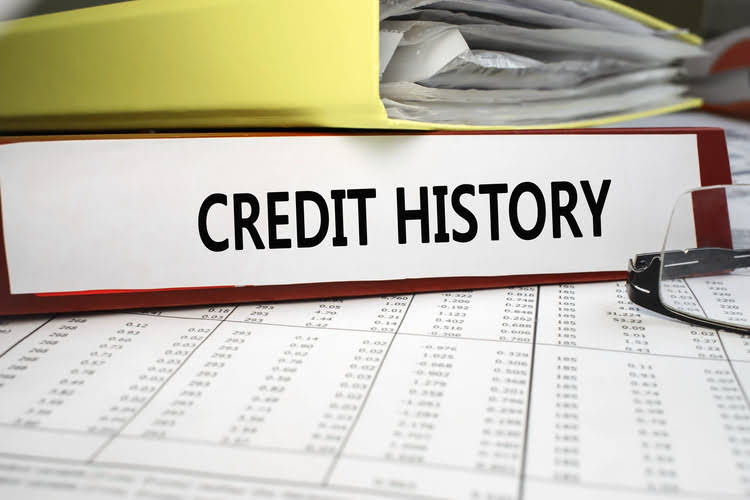
Evaluating the operating cycle would reveal how efficiently the assets of a company are being used. After all, efficient usage of a company’s assets has an important role in capital intensity, return on investment (ROI), and fixed overhead turnover. A shorter Suspense Account operating cycle can free up working capital, while a longer one might tie up more capital in inventory and receivables. The concept of the operating cycle has been around as long as businesses have needed to manage inventories and receivables. It’s a fundamental aspect of working capital management and financial analysis, helping businesses to assess how quickly they can turn their operations into cash. On average, it takes the company 97 days to purchase raw material, turn the inventory into marketable products, and sell it to customers.
Uses of the Operating Cycle Formula
A comparison of a company’s cash cycle to its competitors can be helpful to determine if the company is operating normally vis-à-vis other players in the industry. Also, comparing a company’s current operating cycle to its previous year can help conclude whether its operations are on the path of improvement or not. In retail, it may be days because of quick inventory turnover, whereas in manufacturing, it can extend to 90 days or more due to production time. The cycle includes the time to purchase or produce inventory, sell it, and collect payment.
Days Payable Outstanding (DPO)

Remember, however, that an operating cycle can be influenced by a variety of factors including industry norms, market conditions, and business practices. It might seem like an academic exercise, but understanding the operating cycle holds genuine value for any business. The first one is the ‘Inventory Period,’ which is the time taken to sell the inventory. Having less account receivables can also better many other ratios for the business, which are important for investors who may want to provide money for funds.
Planned Production Time
- For instance, an increased operating cycle might prompt management to reassess inventory levels, streamline production, or revise credit terms.
- It equals days inventories outstanding plus days sales outstanding minus days payable outstanding.
- The process to calculate the working capital cycle can be broken into five steps.
- However, depending on the agreement, payment from the foreign buyer may only be received 60–90 days after shipment.
- For instance, a company will get payments at a consistent pace if its operational cycle is shorter.
- To improve your DSI, consider implementing inventory optimization techniques, such as demand forecasting, JIT inventory management, and safety stock management, as discussed earlier in this guide.
The meaning of the operating cycle is the time taken to convert inventory into cash through sales and collections. Pharma companies face unique challenges in their operating cycle due to regulatory requirements. A company manufacturing tablets or vaccines must first procure raw chemicals and compounds. Once manufactured, the drugs are sold to wholesalers or hospitals, often on credit. Since there’s little to no delay in collection and how to calculate operating cycle inventory moves fast, the operating cycle is often just 1–2 weeks.


The operating cycle consists of two primary stages that illustrate the flow of a business’s resources. The first stage is the inventory period, which measures the average number of days that inventory remains in stock before it is sold. This period encompasses the time from when a company acquires raw materials or finished goods until those items are converted into sales. It reflects the efficiency of a company’s purchasing, production, and sales processes in moving goods through its system. If the business cannot convert its raw materials into finished goods on time and cannot convert its finished goods into sales, it will have higher inventory days. The cash operating cycle can also be a main indicator of the efficiency of asset-utilization and liquidity position of the business.
Processing
While a longer cycle can strain a company’s liquidity, it is important to consider the industry context. The cash conversion cycle (CCC) is a metric that measures the amount of time it takes for a company to sell its inventory, collect receivables, and pay its bills. The shorter the cash conversion cycle, the better, and the less time cash is in accounts receivable or inventory. The operating cycle in working capital is an indicator of the efficiency in the management. The longer the cash cycle of a company, the larger the working capital requirement.

What is the Operating Cycle in Financial Management?
Automating https://resiliencetherapy.net/what-is-annual-income-meaning-gross-net-and-how-to/ financial data can help you draw insights from data that will yield improvements in real-time and optimize your cash flow process. Days Payable Outstanding (DPO) represents the average number of days it takes for your company to pay its accounts payable to suppliers. A longer DPO indicates that you are retaining cash for a more extended period, which can be advantageous for working capital management. A low DSI suggests that your company is efficiently managing inventory and selling products quickly.
Working capital is the amount of available capital that your company can use for day-to-day operations. A positive amount of working capital means you can meet short-term liabilities and continue day-to-day operations. The process to calculate the working capital cycle can be broken into five steps. Let us see how to calculate working capital cycle of a company from the above-mentioned formula. However, the lower the CCC, the more beneficial it is for the company, as it implies less time is needed to convert working capital into cash on hand. Good management means a company can pay bills on time without borrowing too much.
Stages of the Cash Conversion Cycle
The formula is similar to cash conversion cycle formula except the omission of payable days. The operating cycle of a business is comprised of only the receivable days and inventory days. Companies aim for a short operating cycle to improve their financial health.